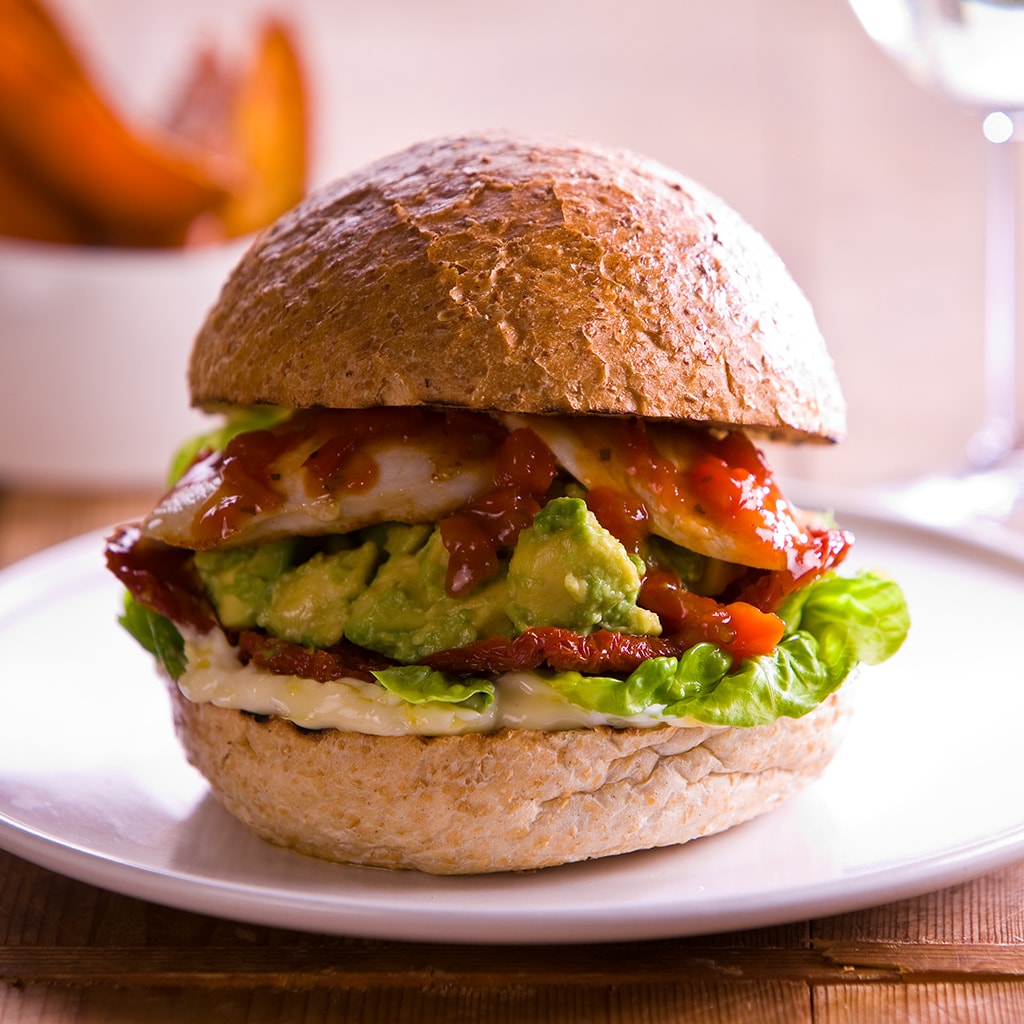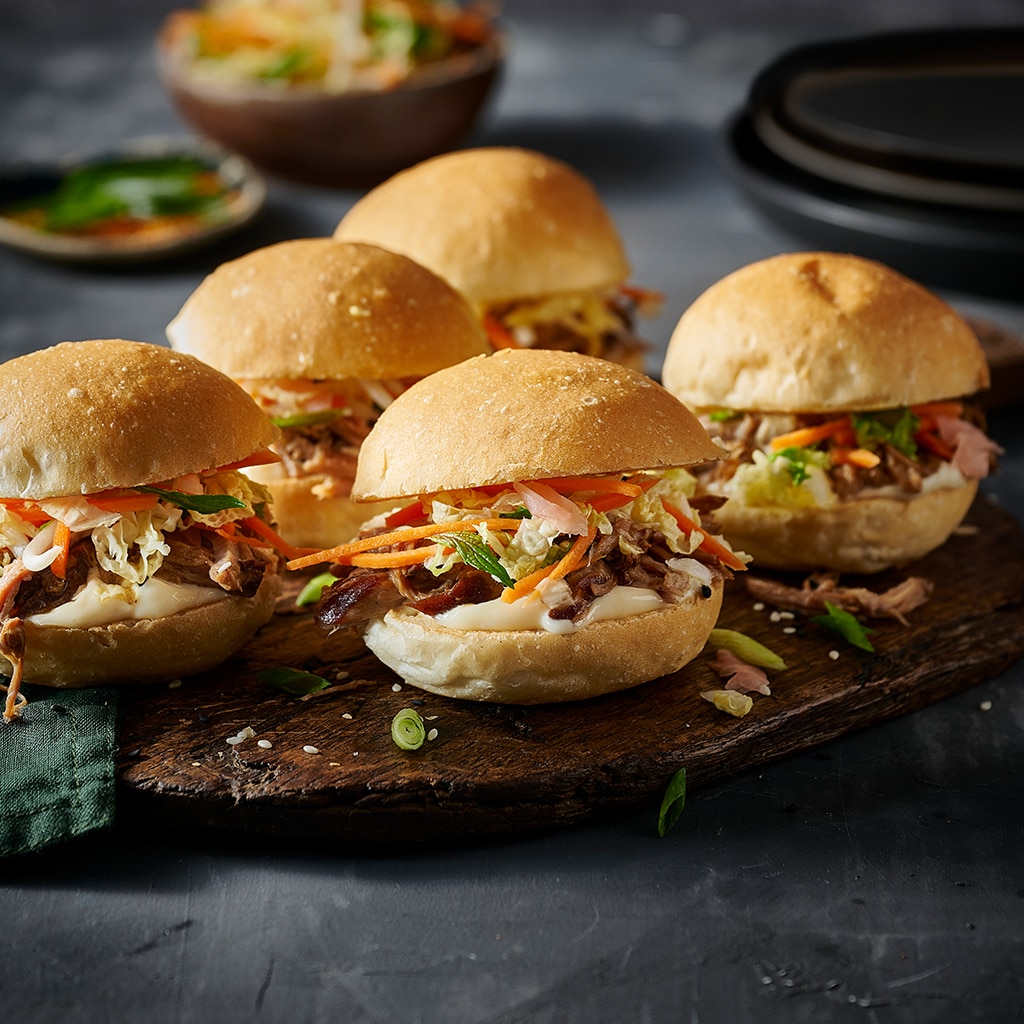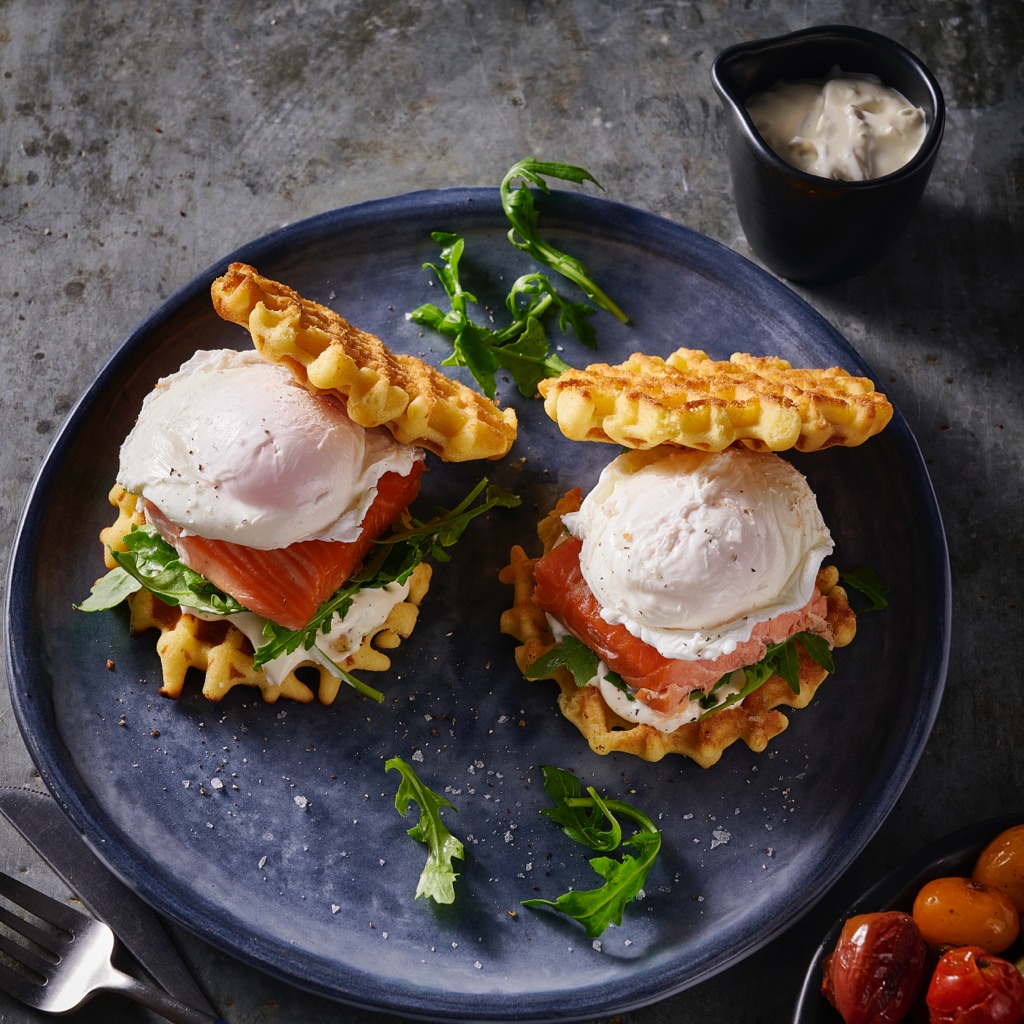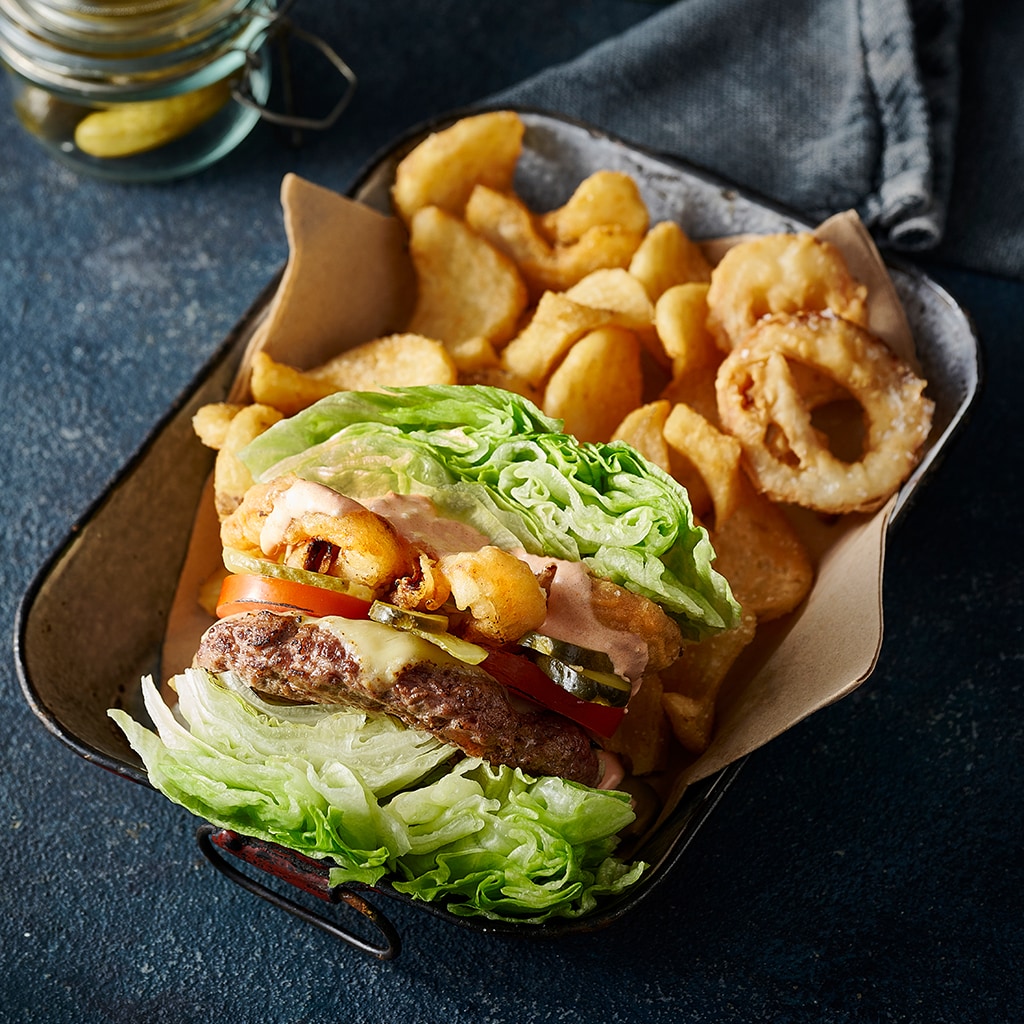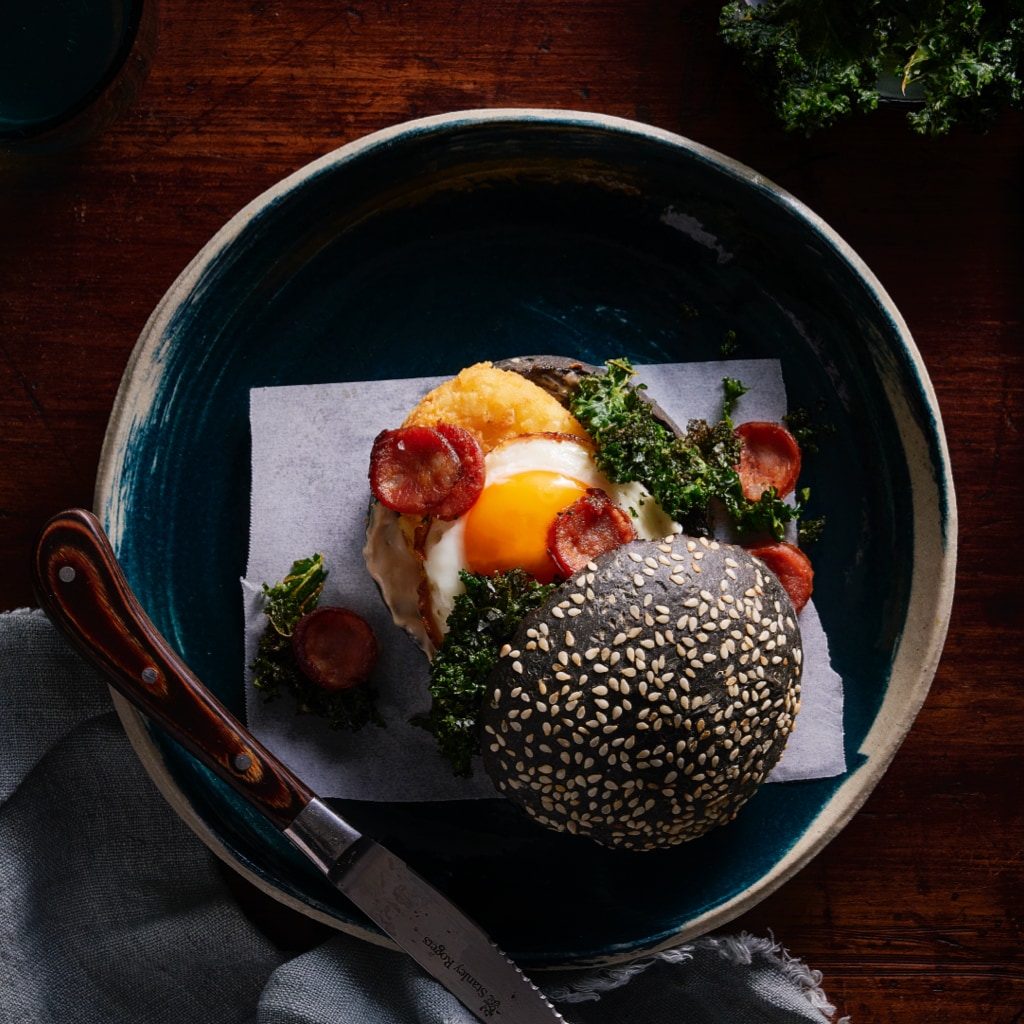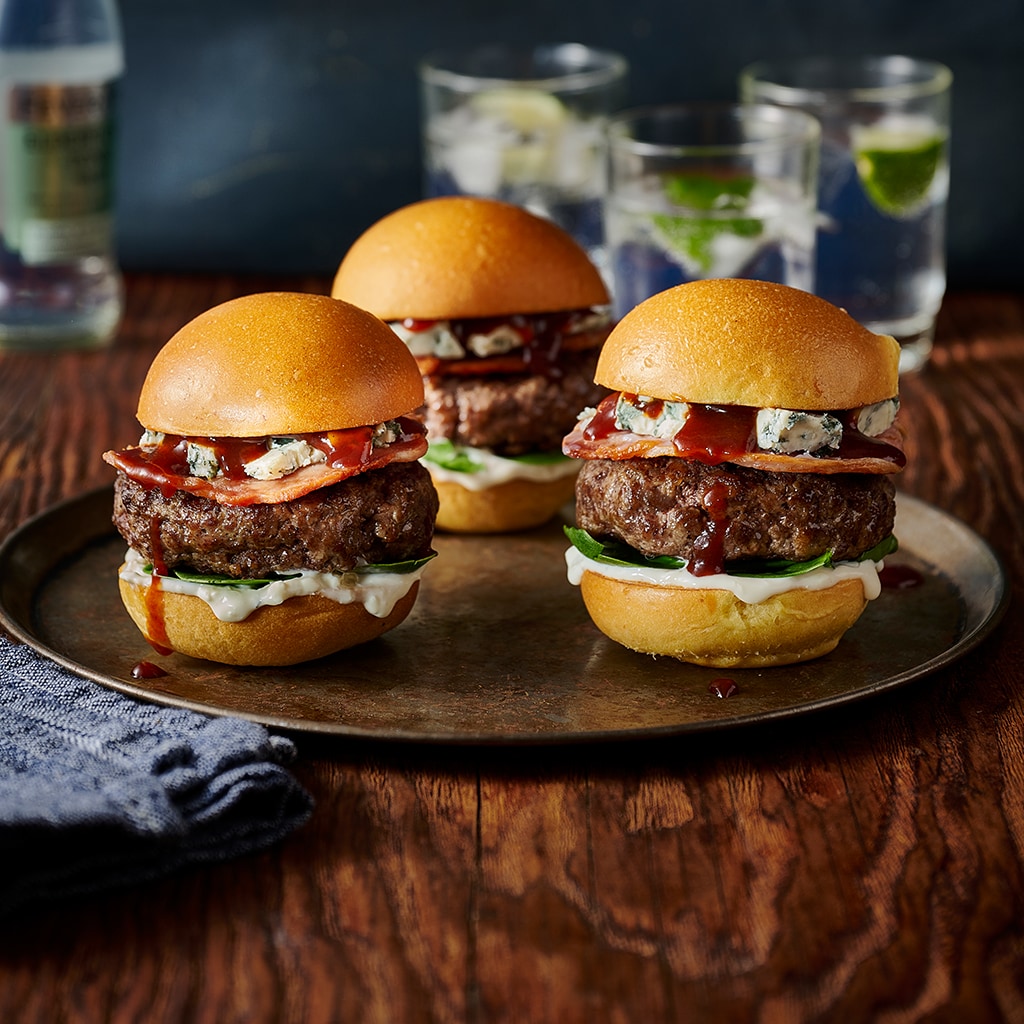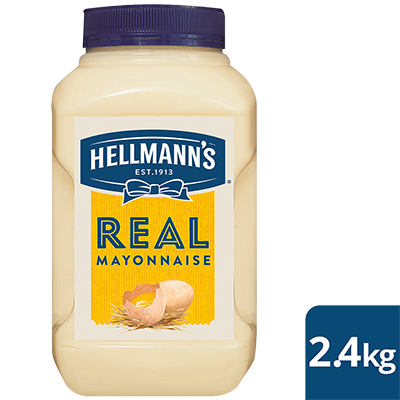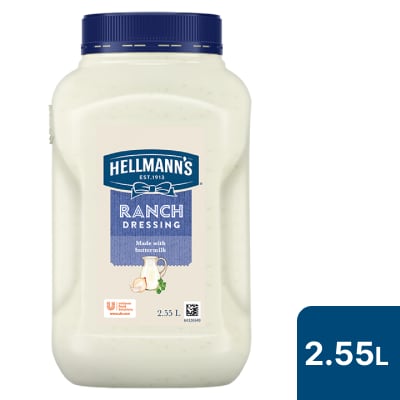Updated on 18th December, 2025
Lots of factors contribute to the viability of a food venue. Cost of goods, cost of labour, supply availability, sales volume, waste minimisation and overheads all play a role.
As an all-time favourite on the casual dining menu, burgers offer appealing margins. But are your stacks working as hard for you as they could?
Let’s look at ways to make our burgers as profitable as possible.



Chefs and venue owners need to make some crucial calculations: can burger margins improve using premade patties rather than making our own? Patties can be time consuming to produce and if a kitchen is struggling to attract experienced workers, the skillset of young staff may be better suited to other tasks.
Then there is the benefit of consistency in a premade patty. If the profitability of your business relies on return custom, a reliable and easily repeatable burger will keep customers coming back.
Rather than frozen supermarket-style patties, a better choice for commercial operators is to source a producer of fresh vacuum-sealed patties, which have a shelf life of up to three weeks.


Of the many challenges the modern kitchen faces, waste is one that is firmly within our control. Poor inventory management, thoughtless menu design and oversized meals are costly errors that can be avoided.
Burgers made using ingredients that feature in other parts of the menu help with a fast turnaround of fresh inventory and the chance to use all parts of produce. Patties can be made beforehand and frozen, allowing for a bulk order of meat and a reduced chance of waste. And meals can be ‘right sized’ to better match the trend for smaller dishes.



Every additional burger ingredient not only costs more money, but it also requires labour to include. While there will always be a place for a loaded stack, paring back your burgers and focusing on flavour might provide more profitability while still resulting in a delicious dish.
Your kitchen’s special sauce could hold the key. In a conventional burger build, sauce will be applied to the bottom bun and again as the very last ingredient of a stack, right before placing the top half of the bun. This is because your sauce carries much of the flavour load and should be the first big taste hit that reaches a diner’s tongue.
Ask yourself: could your burger sauce carry a simplified burger? For example, could you remove sliced jalapeños from your stack and add chilli to your sauce instead?


Burgers are being pulled in several different directions right now. On the one hand, the health-driven set looking for leaner burgers without necessarily giving up their favourite flavours.
Then there is the diner who wants to indulge, for whom a great burger isn’t complete without lashings of cheese, multiple patties, a side of chips and a beer.
Taking another turn are those who crave simple comfort food.
Burgers can meet every need, but whether your kitchen embraces each of them depends on the preferences of your diners. If you don’t know the answer to this question, ask them!
Then simply make sure you’re providing your customers exactly what they’re looking for.

Disclaimer: The content of this article is created for inspiration purposes only. It is not intended as clinical, medical or nutritional advice.



